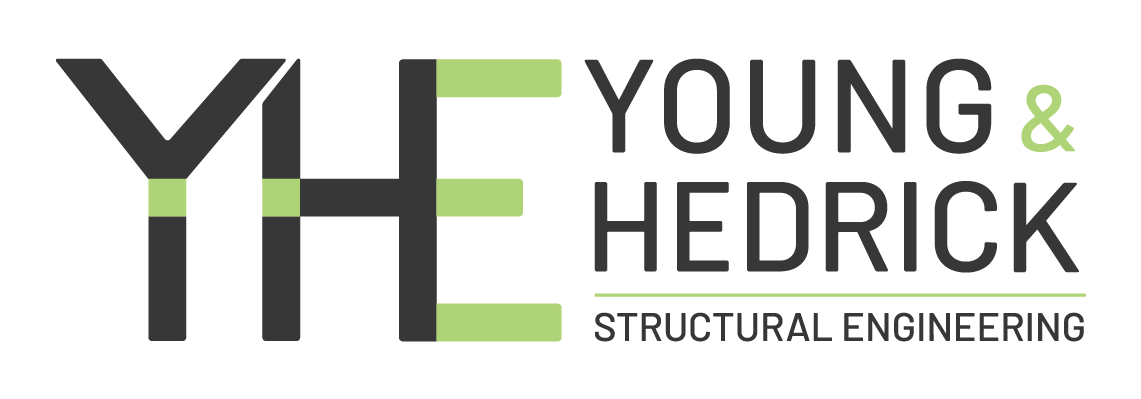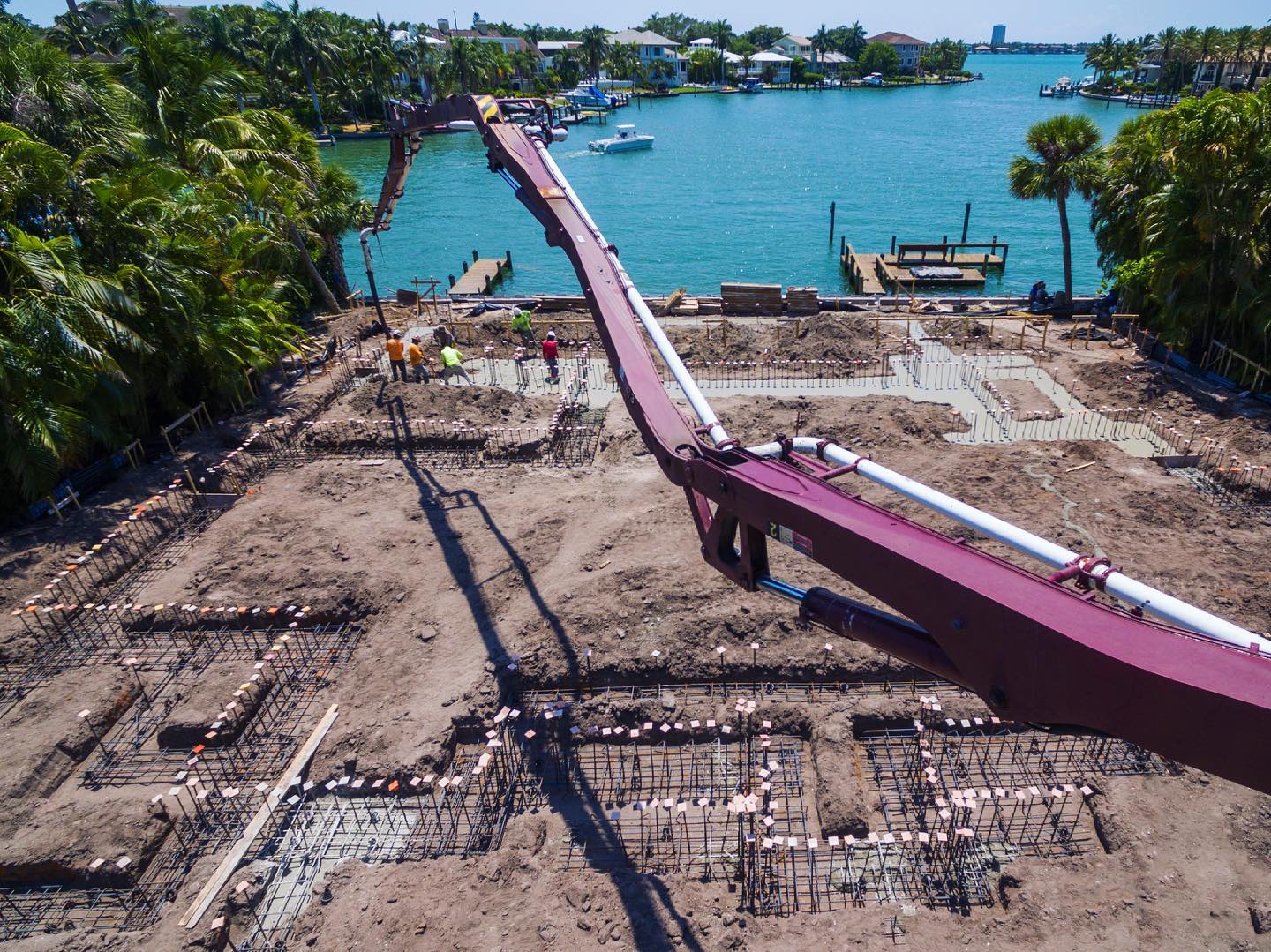Have I integrated zoning into my planning?
One of the most common yet crucial mistakes made by project managers, especially in projects with a lot of repetition, is that they fail to integrate zoning into their planning. Imagine, for instance, that you are managing a multi-family residential project where multiple separate identical units have to be built. Or that you are working on a large hospital project.
Either way, you have to satisfy a series of specifications and a set of tasks that you have to complete for each unit/room. But you can’t work on everything at once. Subcontractors need to access each zone (i.e., room or apartment) at the right time and then move forward to the next zone at the right time so that the following stakeholders can also do their job.
Have I clearly defined to my team when a task is considered “done”?
Waiting for other subcontractors or team members to complete their tasks is typically one of the main reasons behind delays and downtime in a project. How could you avoid that? By defining as a team what is the notion of “done work” so that the next activity can start.
Having a clear, standardized set of rules and practices regarding when a task should be considered closed is the key to aligning the expectations of all team members and avoiding mistakes. When should a handover be considered successful? Or when is the right time for the following material order to arrive on-site, and where?
Have I focused enough on preparation?
The lack of focus on preparing a construction project is another area where there is plenty of room for improvement for many project managers. The only exception to this could be external events such as bad weather.
However, preparation should not start and finish there. Most of the on-site problems can be solved through better anticipation and preparation around orders, delivery, choices, drawings, and planning of the available workforce.
Usually, we see that problems arise if work on site has not been thought through with relevant parties or preparation work has been realized too late, leading to last-minute work and mistakes.
For instance, it could be that you are running late on your project because prefab elements arrive on site too late. If that’s the case, you need to gather all the involved parties (engineers, suppliers, etc.) and together find the root cause and solution to the problem so that it won’t happen again. This is how you can ensure a proactive approach in project preparation and constraint resolution so that unforeseen events aren’t synonymous with disaster.
Do I have a strong culture around planning?
One of your primary responsibilities as a project manager is creating and maintaining a regular rhythm to your project. To make that happen, you need to plan ahead and strategically schedule tasks in manageable chunks. As shown by recent surveys, if you manage to deliver small functions at least 80% on schedule and without compromising quality, you will most likely have both on time and budget.
So instead of trying to schedule everything in detail from start to finish or focusing only on the milestones, you want to hit, plan short-term and start relying on continuously updated 3-6 week lookaheads.
Are my tools tailored for construction?
That’s the million-dollar question if you want to boost productivity in your projects and ensure the successful completion of your lookaheads.
Project managers tend to believe that the tools they are using fit their purpose and collaborate with different teams on their construction projects. In many cases, the truth is way different.
It quickly becomes apparent that using the wrong tools can impact your 3-6 week lookaheads. Your teams have no real-time insight into the project. There is no clarity on who’s accountable for what leads to slow and dysfunctional decision-making.
So next time-on-site, make sure you ask yourself this question. Otherwise, you will quickly feel out of control and have no visibility over your project.



